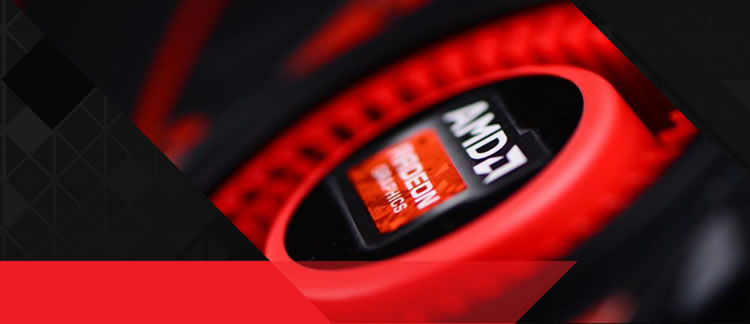Ahem, Old Is New Again
Having spent the last 24 hours furiously benchmaking GPUs to get this article ready, as I neared the end it occurred to me that we should have just rebadged our previous Radeon HD 7870 and 7790 reviews.
In all seriousness though, this release from AMD is disappointing to put it mildly. Essentially anyone who has purchased the Radeon HD 7870 or 7790 graphics cards basically already has the Radeon R9 270X or R7 260X. For over a year it's been possible to purchase a factory overclocked 1.1GHz Radeon HD 7870, while 7790 cards running at 1075MHz have been around for the better part of 6 months.
Only later this month we'll get to the R7 290 and 290X which are true new products, even if only a fraction of gamers will set aside $700 to buy one.


As before, we hope this review serves the purpose of refreshing where mid-range GPUs stand, old name or new, as well as retesting with the latest drivers and considering new price points, after all the Radeon HD 7870 was $350 when it launched 18 months ago, while today (270X) it can be bought for an attractive $200.
Getting to the results we find that on average the Radeon R9 270X was 6% faster than the Radeon HD 7870, since its core is overclocked by 5% with 17% faster memory this makes sense. The Radeon R7 260X did slightly better when compared to its rebadged part the Radeon HD 7790 as it was on average 9% faster. That said the core was clocked 10% higher with an 8% faster memory frequency.
Compared to Nvidia's offerings, the Radeon R9 270X faces the GeForce GTX 660 ($200), the R9 270X will be around $20 more than most GTX 660 cards. Still the Radeon R9 270X was on average 18% faster.
Then we have the Radeon R7 260X which is said to cost $140, placing it in direct competition with the GeForce GTX 650 Ti, a card that is ~10% slower. While this does help to strengthen AMD's position against Nvidia's in the sub-$200 market we expect Nvidia to cut prices of competing cards next month.
Finally, we have the issue of the new naming scheme which normally we wouldn't get too caught up with, except for the fact that AMD thought it wise to implement a radically different naming scheme on a run of rebadging. With the absence of the R9 290X the most significant change that has come with the new RX 200 series thus far is the naming scheme. Of course, we still have the Mantle API to explore but with limited information available and Battlefield 4 still yet to be released we don't have much to go on just yet.
